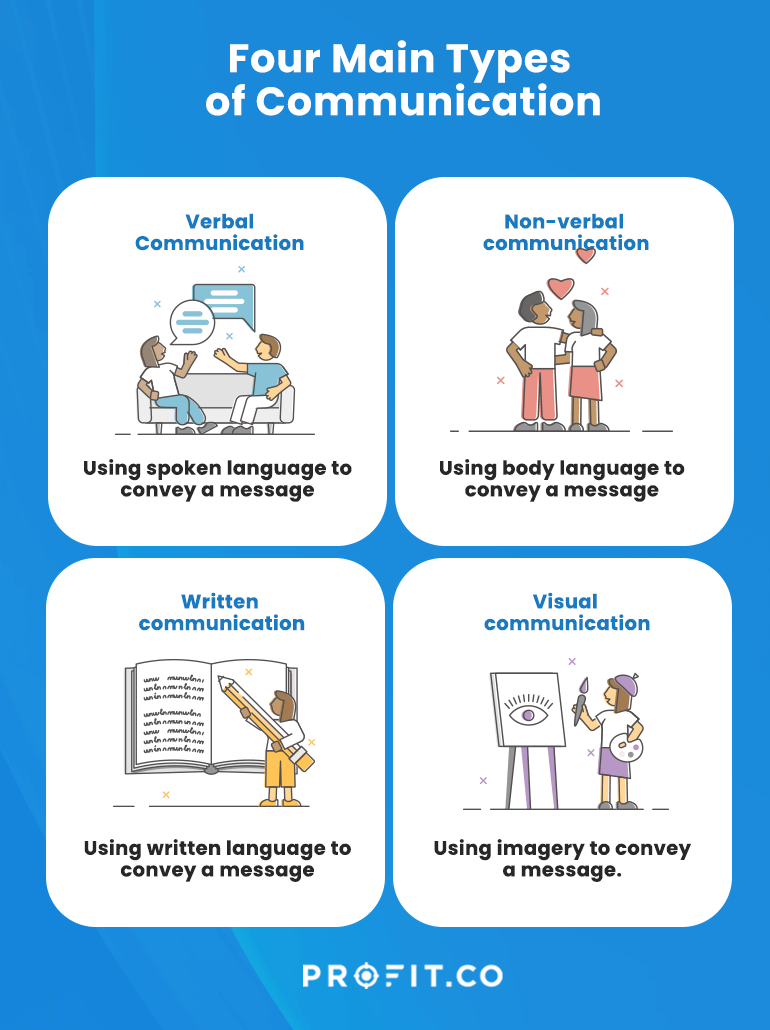Effective communication is clear, concise, and purposeful. It involves active listening and understanding the audience’s needs.
Effective communication is a crucial skill in both personal and professional settings. It involves expressing ideas clearly and concisely to ensure the message is understood. Active listening plays a significant role in effective communication, allowing for better responses and fostering mutual understanding.
Tailoring the message to the audience’s needs and preferences enhances engagement. Nonverbal cues, such as eye contact and body language, also impact the effectiveness of communication. Practicing empathy and patience can build stronger connections and resolve conflicts more efficiently. Consistent practice and mindful interactions can significantly improve communication skills, leading to more successful and meaningful exchanges.

Credit: www.amazon.com
Introduction To Communication
Communication is the way people share ideas, thoughts, and feelings. It helps us connect with each other. It is an essential skill in everyday life. Without it, misunderstandings can occur. This section will explore the importance of communication and its various types.
Importance Of Communication
Communication is crucial in every aspect of life. It helps build relationships. It allows us to express our needs and desires. It is vital for problem-solving and decision-making. Good communication skills can lead to success in both personal and professional life.
Effective communication can:
- Enhance understanding
- Build trust
- Resolve conflicts
- Increase productivity
Being a good communicator helps in many ways. It makes interactions smoother. It ensures messages are clearly understood.
Types Of Communication
There are different ways to communicate. Each type has its own benefits.
| Type of Communication | Description |
|---|---|
| Verbal Communication | Uses spoken words. Examples include face-to-face talks and phone calls. |
| Non-Verbal Communication | Uses body language, gestures, and facial expressions. |
| Written Communication | Uses written words. Examples include emails, letters, and texts. |
| Visual Communication | Uses visual aids. Examples include pictures, charts, and videos. |
Understanding these types helps us choose the best way to convey our message. Each type plays a role in different situations.
Verbal Communication
Verbal communication is the art of sharing thoughts with words. It helps us connect with others. Good verbal skills are key for clear exchanges. This section dives into speaking clearly and active listening.
Speaking Clearly
Speaking clearly ensures your message is understood. Here are some tips:
- Speak slowly. Rushing makes words unclear.
- Use simple words. Avoid complex terms.
- Pause often. Give listeners time to absorb.
- Practice pronunciation. Ensure words sound right.
- Be concise. Keep messages short and to the point.
Active Listening
Active listening is as important as speaking. It shows you care. Here are steps to enhance listening:
- Maintain eye contact. Show you’re paying attention.
- Nod occasionally. Indicate understanding.
- Avoid interrupting. Let the speaker finish.
- Ask questions. Clarify points you don’t understand.
- Summarize points. Confirm what you’ve heard.
Both speaking and listening are vital for effective communication. Mastering these skills leads to better interactions and stronger relationships.
Non-verbal Communication
Non-verbal communication plays a crucial role in conveying messages. It involves body movements, facial expressions, and gestures. These signals often speak louder than words.
Body Language
Body language includes posture, gestures, and movements. It can show confidence, openness, or defensiveness.
Posture is important. Standing tall shows confidence. Slouching may indicate disinterest. Crossed arms can signal defensiveness or discomfort.
Gestures help emphasize points. A nod can indicate agreement. A wave can be a friendly greeting. Fidgeting may show nervousness.
Movements are also key. Walking briskly can show purpose. Slow movements might indicate hesitation.
Facial Expressions
Facial expressions convey emotions clearly. They can express happiness, sadness, anger, or surprise.
Smile often. It shows friendliness and openness. Frowning can indicate displeasure or confusion.
Eyebrows are expressive too. Raised eyebrows can show surprise. Furrowed brows might indicate concentration or worry.
Eye contact is crucial. It shows engagement and interest. Avoiding eye contact can signal discomfort or dishonesty.
| Expression | Emotion |
|---|---|
| Smile | Happiness |
| Frown | Displeasure |
| Raised Eyebrows | Surprise |
| Furrowed Brows | Worry |
Remember, non-verbal cues are powerful. They can reinforce or contradict spoken words. Being aware of them improves communication skills.
Written Communication
Written communication is a vital skill in today’s world. It allows us to convey ideas clearly and professionally. Whether through email, reports, or social media, effective written communication is essential for success.
Email Etiquette
Emails are a primary mode of communication in the business world. Following proper email etiquette ensures your messages are clear and respectful.
- Use a clear and concise subject line.
- Greet the recipient politely.
- Get straight to the point.
- Use a professional tone.
- Proofread your email before sending.
- Include a clear call to action.
These steps help make your emails effective and professional.
Effective Writing Tips
Writing clearly and effectively is crucial for conveying your message.
- Know your audience: Tailor your message to your readers.
- Keep it simple: Use short sentences and simple words.
- Be concise: Avoid unnecessary words and phrases.
- Use active voice: Make your writing direct and engaging.
- Organize your thoughts: Structure your content logically.
- Proofread: Check for grammar and spelling errors.
By following these tips, your writing will be clear and effective.
Visual Communication
Visual communication involves conveying ideas using visual aids. It enhances understanding and retention. This method includes images, infographics, videos, and more. Let’s explore the power of visual communication.
Using Images
Images capture attention quickly. They break the monotony of text. A good image can convey a message instantly. Images help in storytelling. They evoke emotions and make content memorable.
- High-quality images enhance credibility.
- Use relevant images to support your text.
- Optimize images for faster loading.
Using images strategically can increase engagement. They make content visually appealing. Readers are more likely to share content with images.
Power Of Infographics
Infographics combine data with visuals. They make complex information easy to understand. Infographics are shareable and engaging.
| Benefits of Infographics | Impact |
|---|---|
| Condense information | Easier to digest |
| Visual appeal | Increased engagement |
| Shareability | Wider reach |
- Choose a clear topic.
- Gather accurate data.
- Design with simplicity in mind.
Infographics improve user experience. They boost website traffic. They can also establish you as an authority in your field.

Credit: www.linkedin.com
Barriers To Effective Communication
Effective communication is vital in personal and professional settings. However, various barriers can hinder the process. Understanding these barriers can help in addressing and overcoming them effectively.
Common Barriers
Several common barriers can prevent effective communication. These include:
- Language Differences: Different languages or jargon can cause confusion.
- Emotional Barriers: Personal emotions like anger or sadness can block clear communication.
- Physical Barriers: Distance or noise can disrupt communication.
- Cultural Differences: Different cultural norms can lead to misunderstandings.
- Perceptual Barriers: Different viewpoints can cause misinterpretations.
Overcoming Barriers
To overcome these barriers, consider the following strategies:
- Active Listening: Pay attention to the speaker and show interest.
- Clear Language: Use simple words and avoid jargon.
- Empathy: Understand and respect the other person’s feelings.
- Feedback: Provide and ask for feedback to ensure understanding.
- Adaptability: Adjust your communication style based on the audience.
Implementing these strategies can significantly enhance communication effectiveness. Remember, the goal is to convey your message clearly and understand the other person.
Communication In The Workplace
Effective communication in the workplace is essential. It fosters a positive environment and promotes productivity. Poor communication can lead to misunderstandings and conflicts. Clear communication helps in achieving goals and building strong relationships.
Team Collaboration
Team collaboration relies heavily on clear communication. It ensures all team members are on the same page. Sharing information and ideas promptly is crucial. This can be done through meetings, emails, or chat tools.
| Communication Method | Advantages |
|---|---|
| Meetings | Face-to-face interaction, immediate feedback |
| Emails | Documented communication, can be referenced later |
| Chat Tools | Quick and easy, fosters informal communication |
Active listening is another key aspect. It involves paying full attention to the speaker. This ensures that all team members feel valued. It also reduces the chances of miscommunication.
Leadership Communication
Leadership communication sets the tone for the workplace. Leaders must communicate clearly and confidently. They should provide clear directions and feedback. This helps employees understand their roles and responsibilities.
- Be transparent with your team.
- Encourage open communication.
- Provide regular feedback.
Leaders should also be approachable. Employees should feel comfortable sharing their concerns. This builds trust and improves morale. A leader who communicates well can inspire and motivate the team.
Improving Communication Skills
Effective communication is crucial in all aspects of life. Improving communication skills can lead to better relationships, increased productivity, and greater success. Let’s explore some key techniques to enhance these skills.
Feedback Techniques
Feedback is vital for growth and improvement. Here are some effective feedback techniques:
- Be specific: General comments are less helpful. Give clear examples.
- Be timely: Provide feedback soon after the event. It keeps the context fresh.
- Be respectful: Use kind words. Focus on the action, not the person.
- Encourage dialogue: Invite the other person to share their thoughts.
Continuous Learning
Communication skills can always be improved. Here are some ways to keep learning:
- Read books: There are many great books on communication.
- Take courses: Online courses can provide valuable insights.
- Practice regularly: Use every opportunity to practice your skills.
- Seek feedback: Ask others for feedback on your communication.

Credit: m.youtube.com
Conclusion
Mastering effective communication is essential for personal and professional success. It builds strong relationships and fosters understanding. Practice active listening and clear expression. Adapt your style to your audience for maximum impact. Keep refining your skills for continuous improvement. Effective communication is a valuable tool that can transform your interactions and outcomes.

